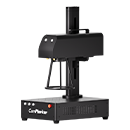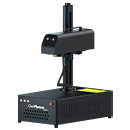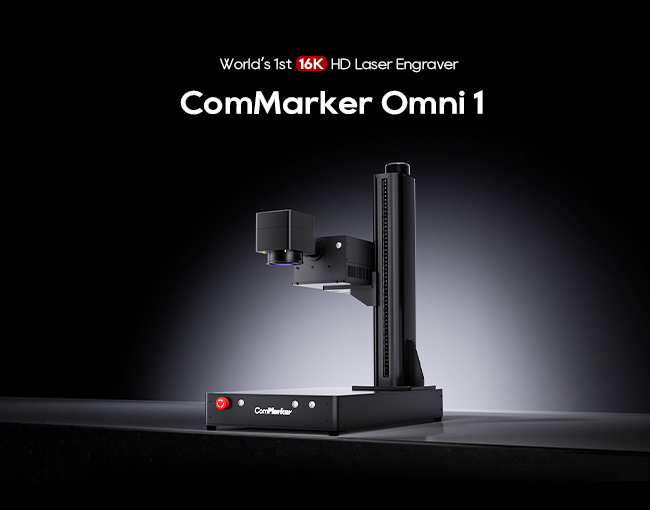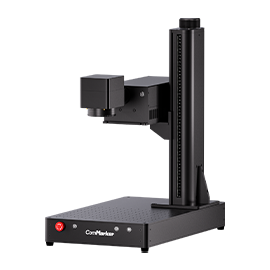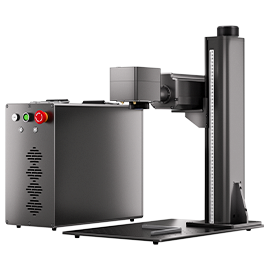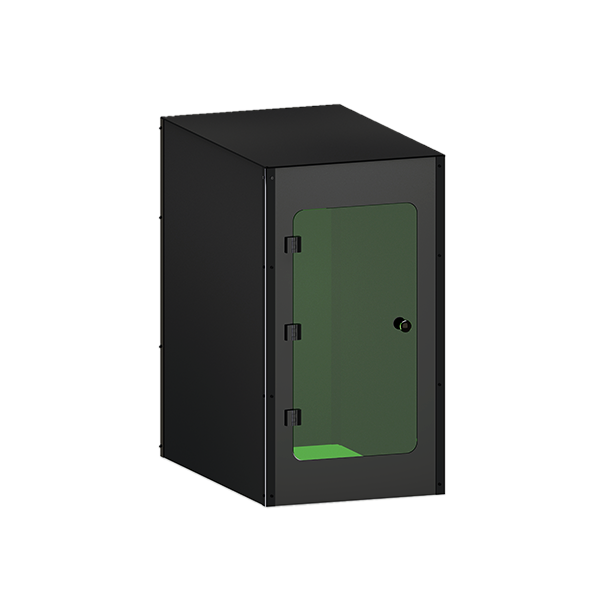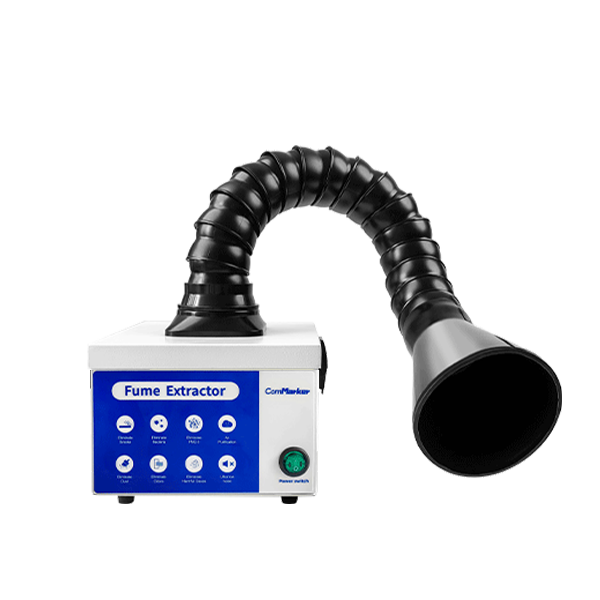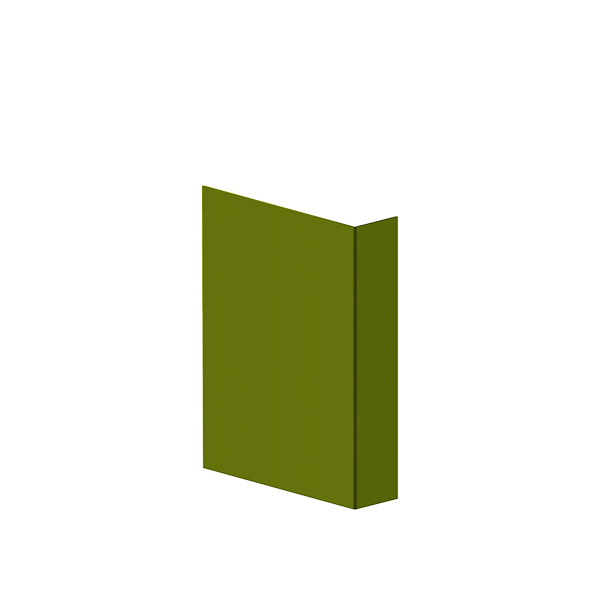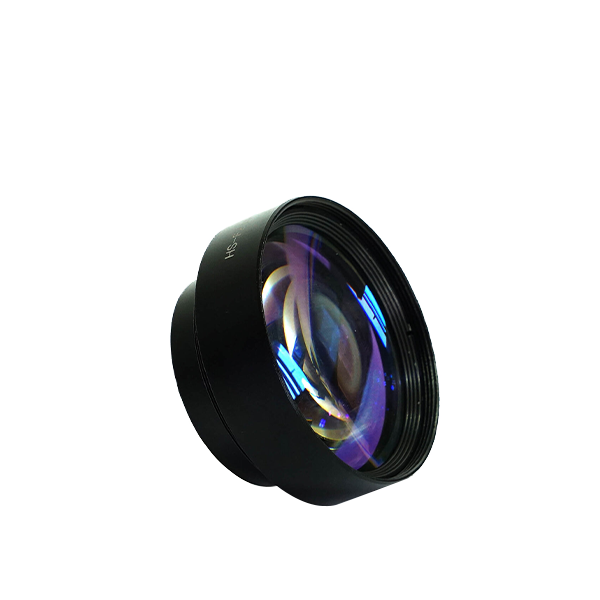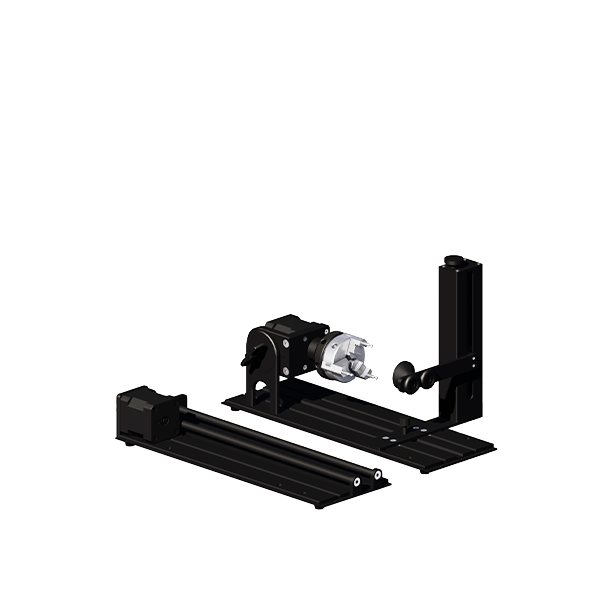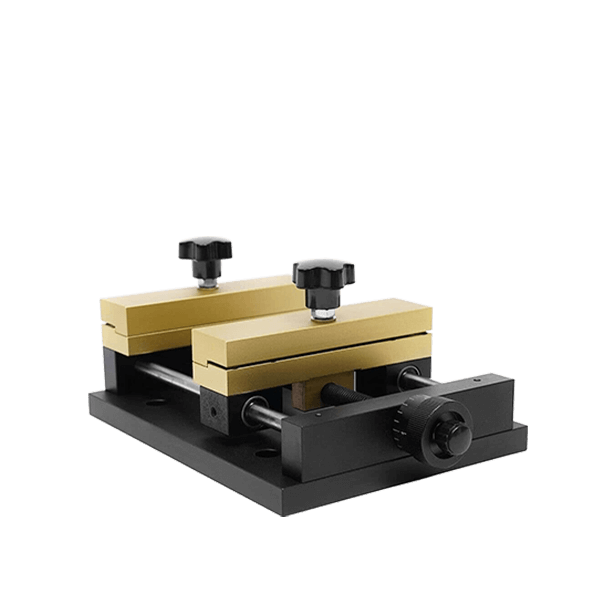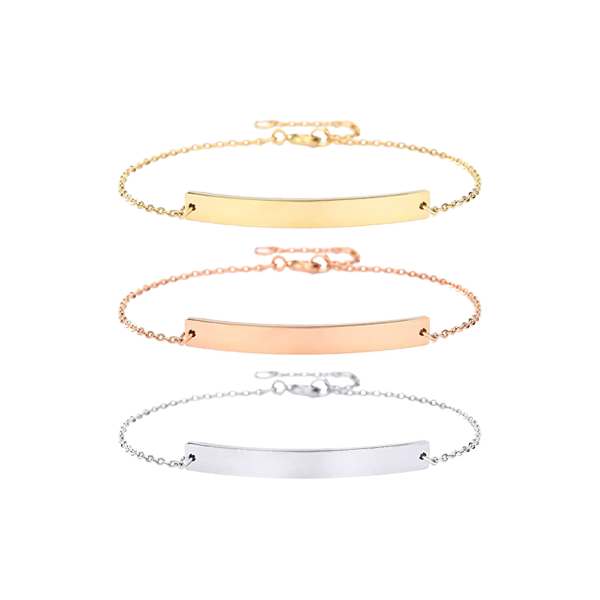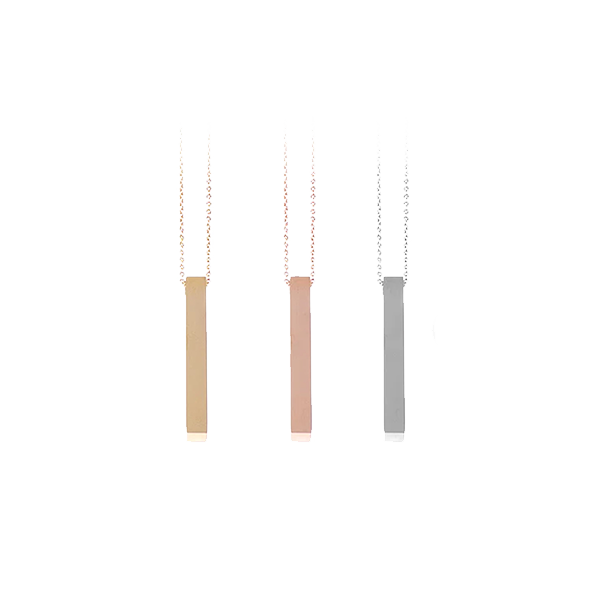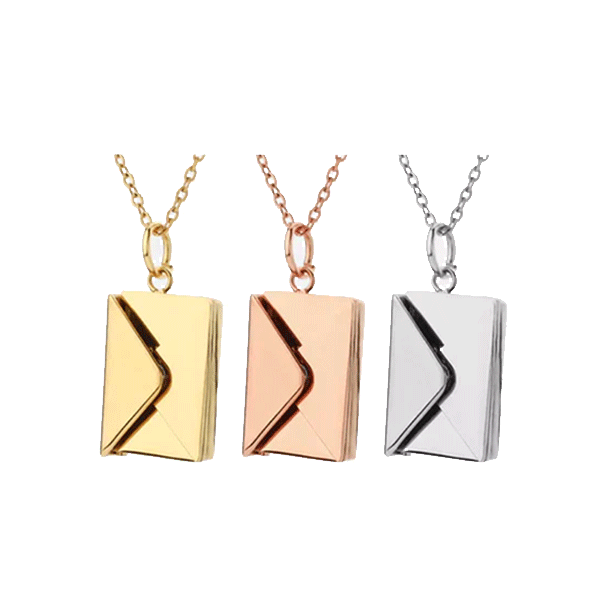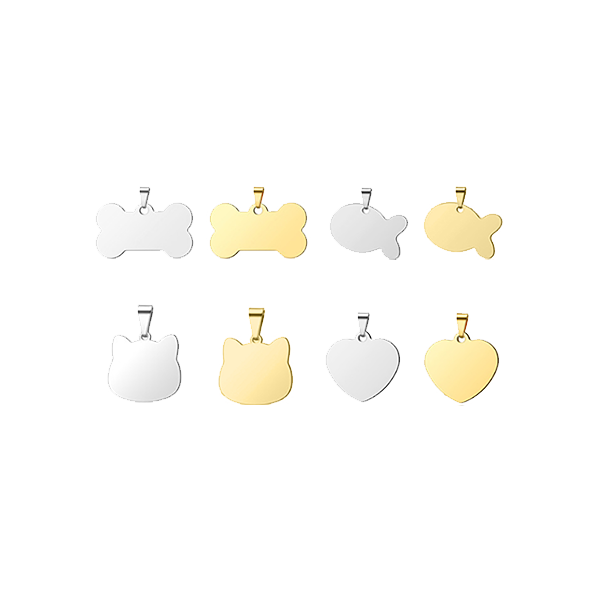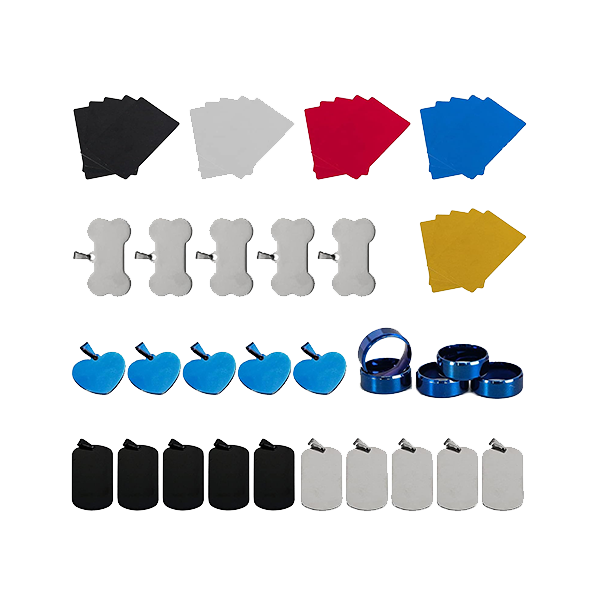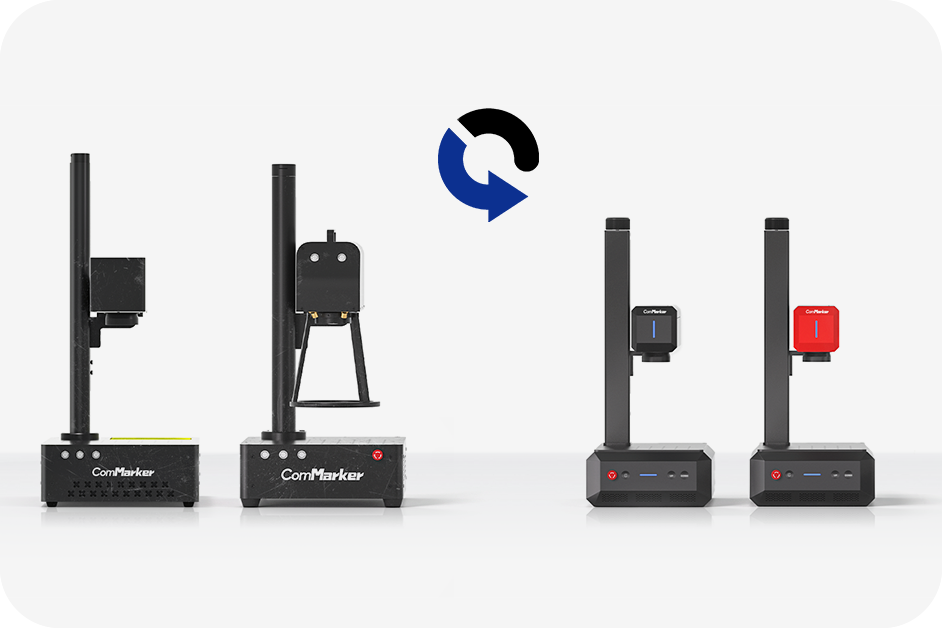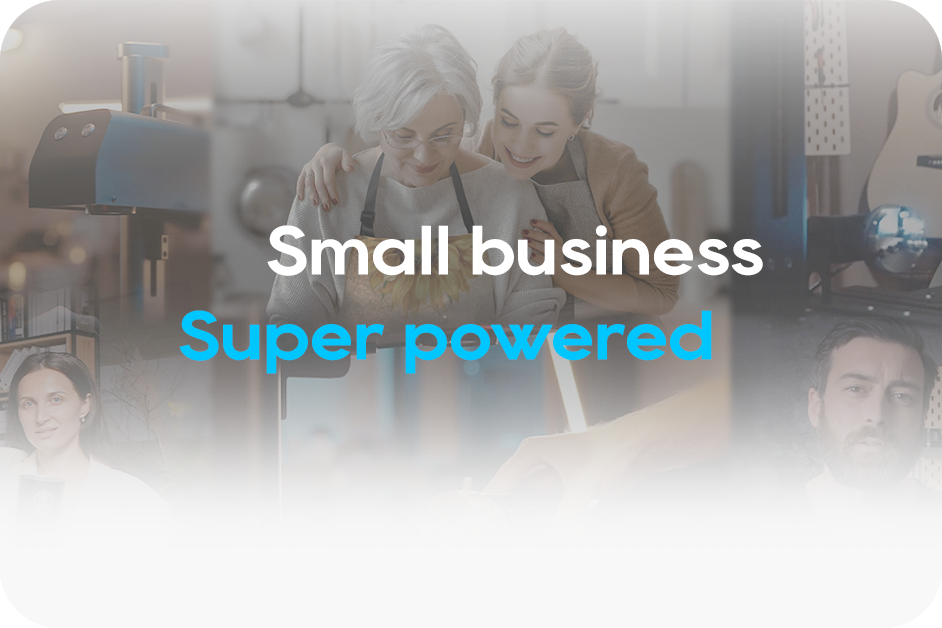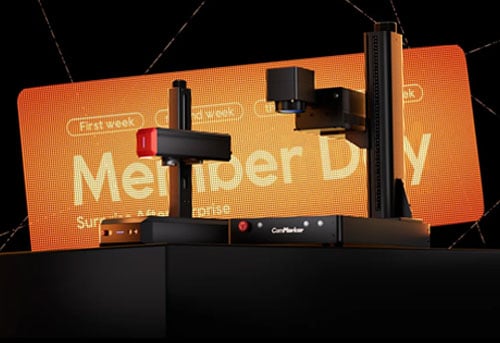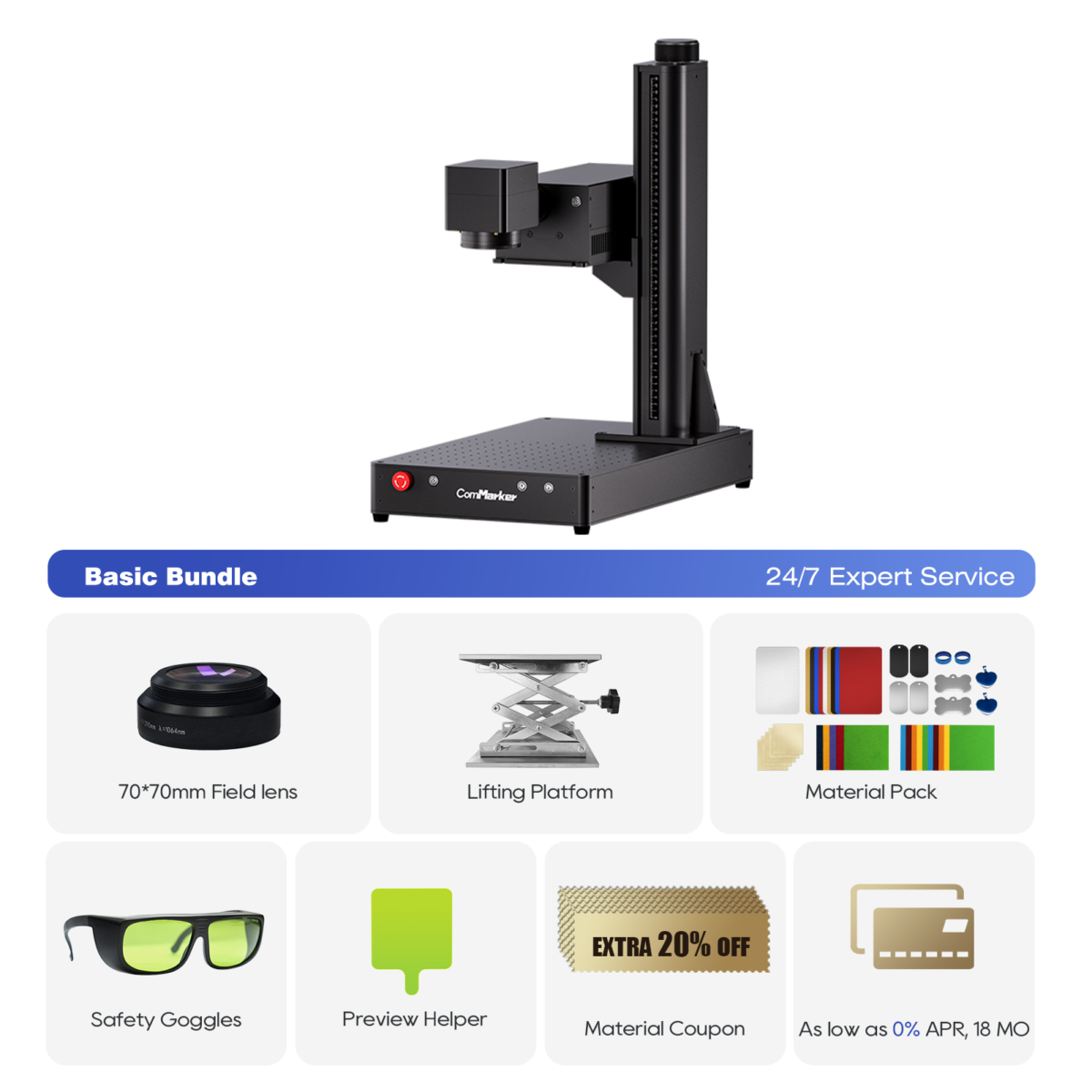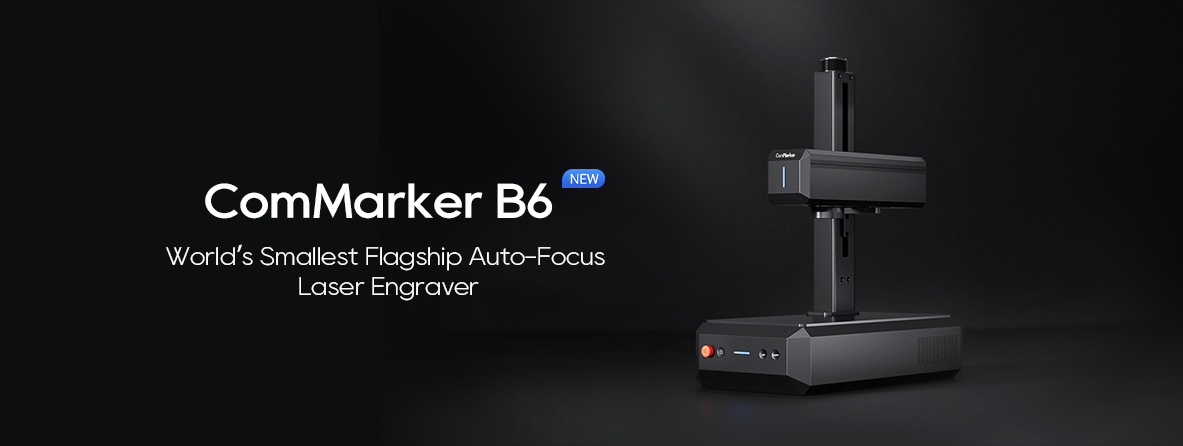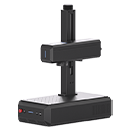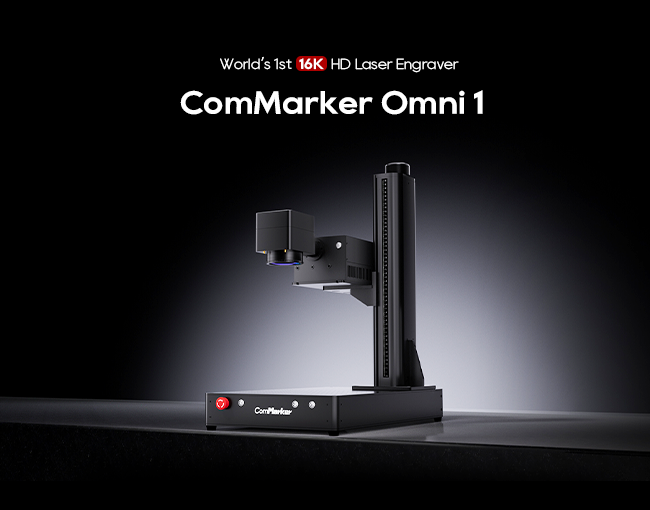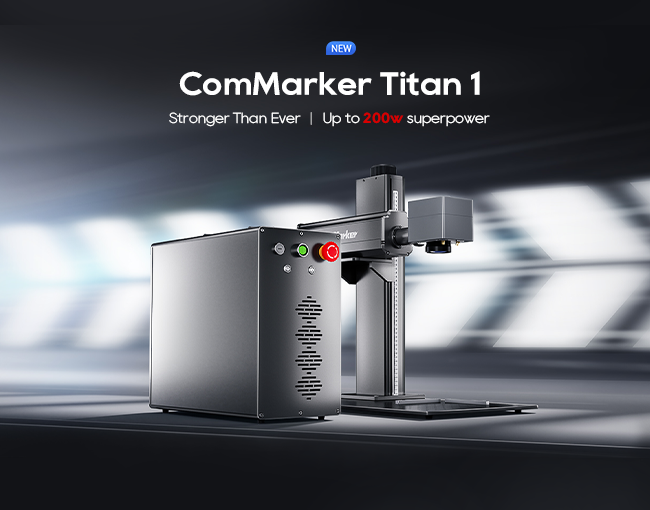When you’re investing in your first or next laser machine, deciding between a 5W UV laser engraver and a 20W fiber laser engraver can feel like comparing apples to oranges. Both technologies are incredibly capable—but they shine in very different ways. Whether you’re customizing glassware, marking metals, or launching a small laser business, the choice you make can dramatically impact your workflow, materialer, and results.
I denne veiledningen, we’ll break down the differences between UV and fiber laser engravers, with a special focus on 5W UV vs. 20W fiber systemer. We’ll help you match the right tool to your projects—so you don’t overbuy or underperform.

Understanding the Basics: UV vs.. Fiber
Before diving into the wattage, let’s clear up the core technology.
- UV Laser Engravers (355 nm): These use short-wavelength ultraviolet light that interacts with materials on a photochemical level. That means less heat, which is great for delicate surfaces.
- Fiberlasergravere (1064 nm): These operate using a solid-state laser source, producing powerful beams that engrave by thermal interaction. They’re ideal for metals and other high-density materials.
👉 In short: UV = cool and precise. Fiber = hot and strong.

Why Power Ratings Matter — But Not Everything
A 20W fiber laser engraver is not “four times better” than a 5W UV. Wattage impacts speed and depth, men den type of laser determines what materials you’re working with and how clean your results are.
Let’s compare:
| Trekk | 5W UV Laser | 20W Fiber Laser Engraver |
|---|---|---|
| Best for | Plast, glass, akryl, lær, PCB | Metaller (stål, messing, aluminium), anodized materials |
| Engraving Detail | Extremely fine (spot size ~0.002mm) | Sharp on metal, but larger spot size (~0.01mm) |
| Thermal Damage | Very low – ideal for delicate surfaces | Moderate to high – can discolor or warp soft materials |
| Fargegravering | Not applicable | Valgfri (with MOPA model upgrades) |
| Cutting Capability | Very limited | Can engrave deep or cut thin metals |
| Hastighet | Moderat | Fast for metals |

When to Choose a 5W UV Laser Engraver
You should go UV if:
- You engrave glass, akryl, or clear plastics (which fiber lasers can’t touch).
- You want pinpoint precision for micro-text, QR -koder, logoer, or electronics.
- You run a business making Tilpassede gaver, smykker, tumblere, or leather products.
- You care about ingen brennemerker and perfect edges on sensitive items.
✅ Recommended: ComMarker Omni 1 UV lasergraver
With 16K resolution, Zeroburn ™ Tech, and compatibility with LightBurn, Omni 1 is a small-format powerhouse perfect for detailed, multi-material work.

When to Choose a 20W Fiber Laser Engraver
You should go fiber if:
- You engrave metal daily (f.eks., stainless steel tags, verktøy, weapons, or serialized parts).
- You need faster production and deeper engraving than a UV laser offers.
- You want a machine that works with anodized aluminum, messing, kobber, og mer.
- You need a rugged, fast setup for industrial or business use.
✅ Recommended: ComMarker B6 Fiber Laser Engraver (20W)
With 0.01mm precision and ultra-portability, the B6 delivers professional-grade metal engraving in a lightweight, shop-friendly package.

Use Case Scenarios
Here’s what a few typical users might choose:
- Maker doing etched wine glasses and leather coasters? → Omni 1 UV
- Gunsmith marking steel slides or AR lowers? → B6 Fiber
- Small biz customizing tumblers, tagger, and wood boxes? → Consider Omni 1 for precision or B6 for speed.
- Engraving circuit boards or plastic enclosures? → UV is your best friend.

What About Maintenance and Ease of Use?
- UV lasere: Typically more compact, lighter, and quieter. They need ventilation for materials like acrylic or plastic.
- Fiberlasere: Built tougher for heavy-duty use. They can be louder, and often need more robust electrical and cooling setups.
💡 Both the Omni 1 og B6 come with intuitive software options like LightBurn og EZCAD, and both support rotary attachments for cylindrical engraving.
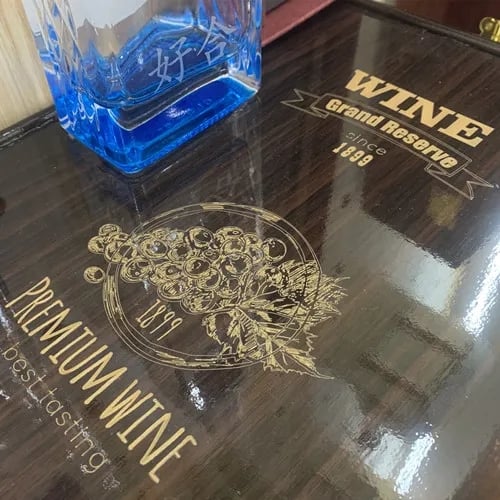
Feilsøking av vanlige problemer
For UV Laser Engraving:
- If results are faint on glass, double-check focus height and reduce speed.
- Ghosting or foggy lines? Improve airflow and add painter’s tape to glass.
For Fiber Laser Engraving:
- Uneven depth on metal? Recalibrate Z-height and test hatch spacing.
- Discoloration or burn marks? Reduce power or increase frequency.
ComMarker Omni 1 Lasergravør
Neste generasjons laser for å låse opp alle materialer. ZeroBurn™ graveringsteknologi Verdens første 16K HD lasergravør 10 000 mm/s SpeedMax™ graveringssystem Lås opp alt materiale med UV-laser ColdFront™ termisk teknologi elektrisk løft med 2 Valgfrie linser kompatible med EZCAD og LightBurn 360° roterende graveringssystem
Choose Smart, Not Just Strong
Don’t let wattage alone drive your purchase. EN 20W fiber laser engraver is a beast with metal—but for mixed materials, clean finishes, or ultra-fine work, en 5W UV laser may outperform it.
🔥 Want the best of both worlds? Start with the Omni 1 for intricate work, and scale up to the Titan 1 eller B6 for serious metal production.









